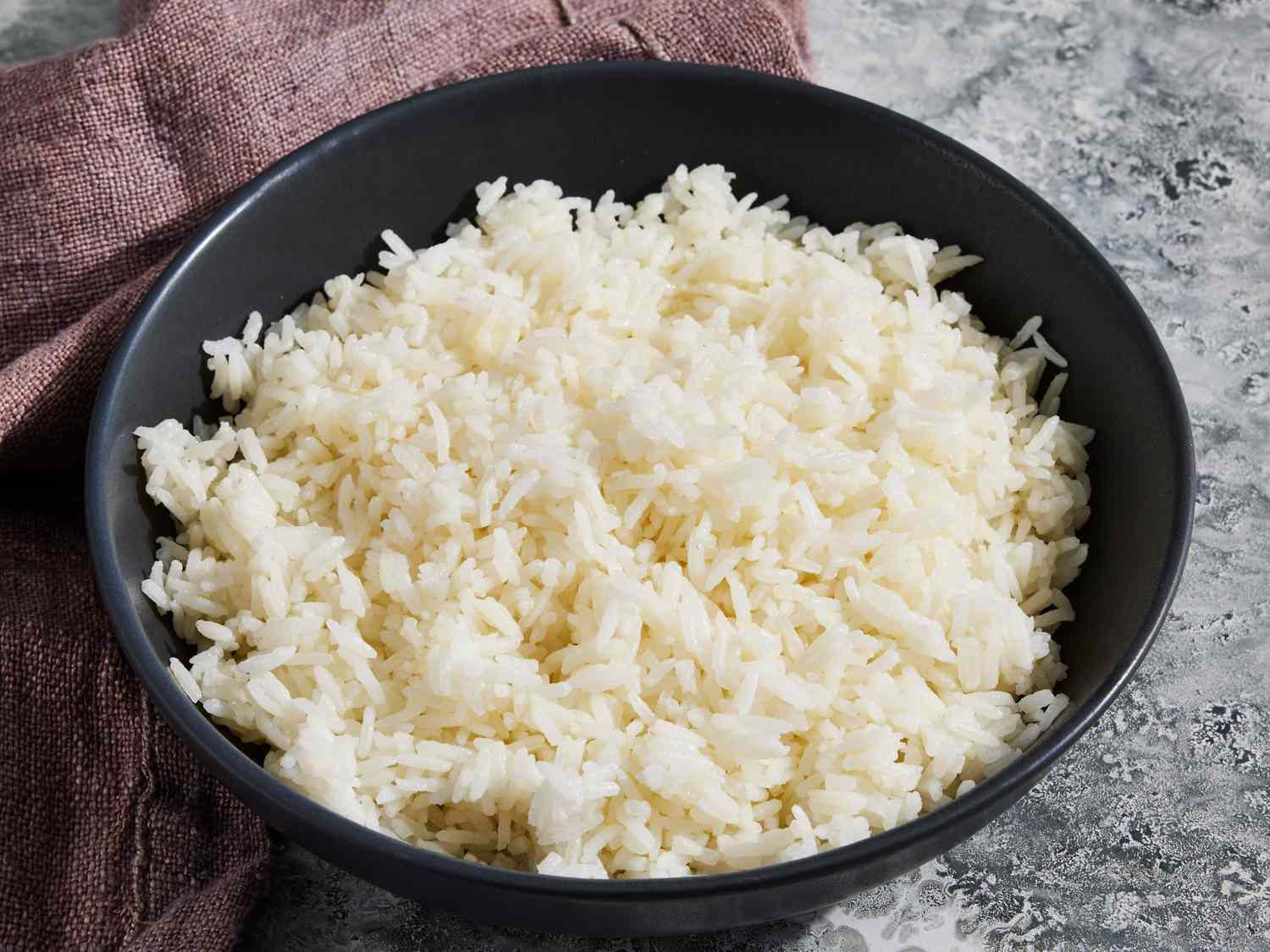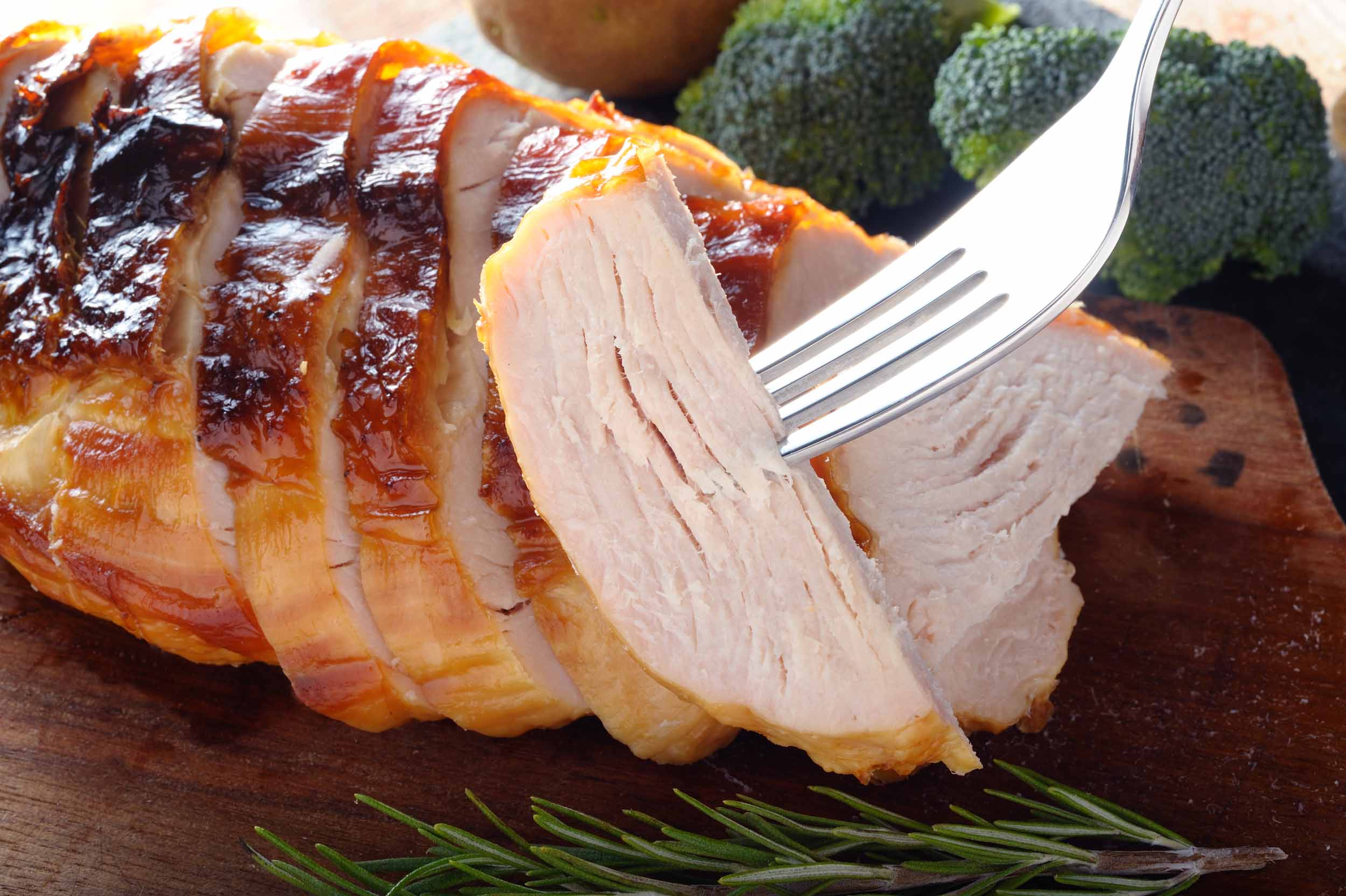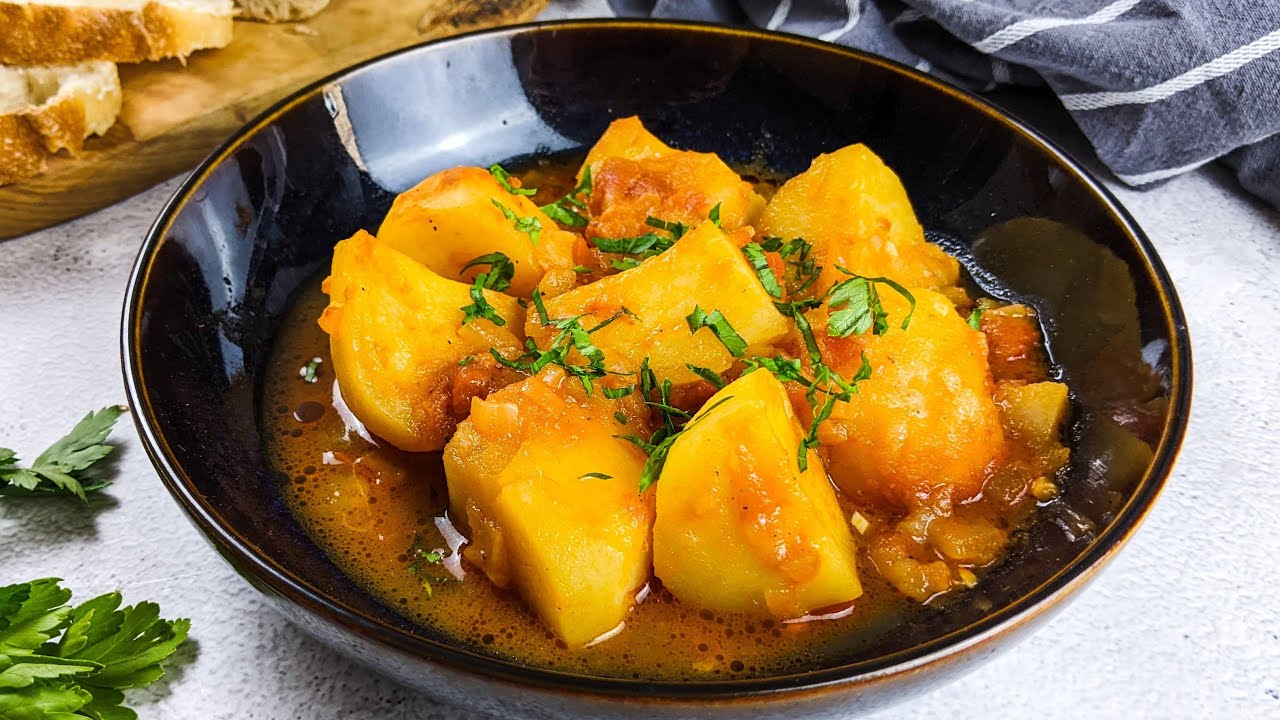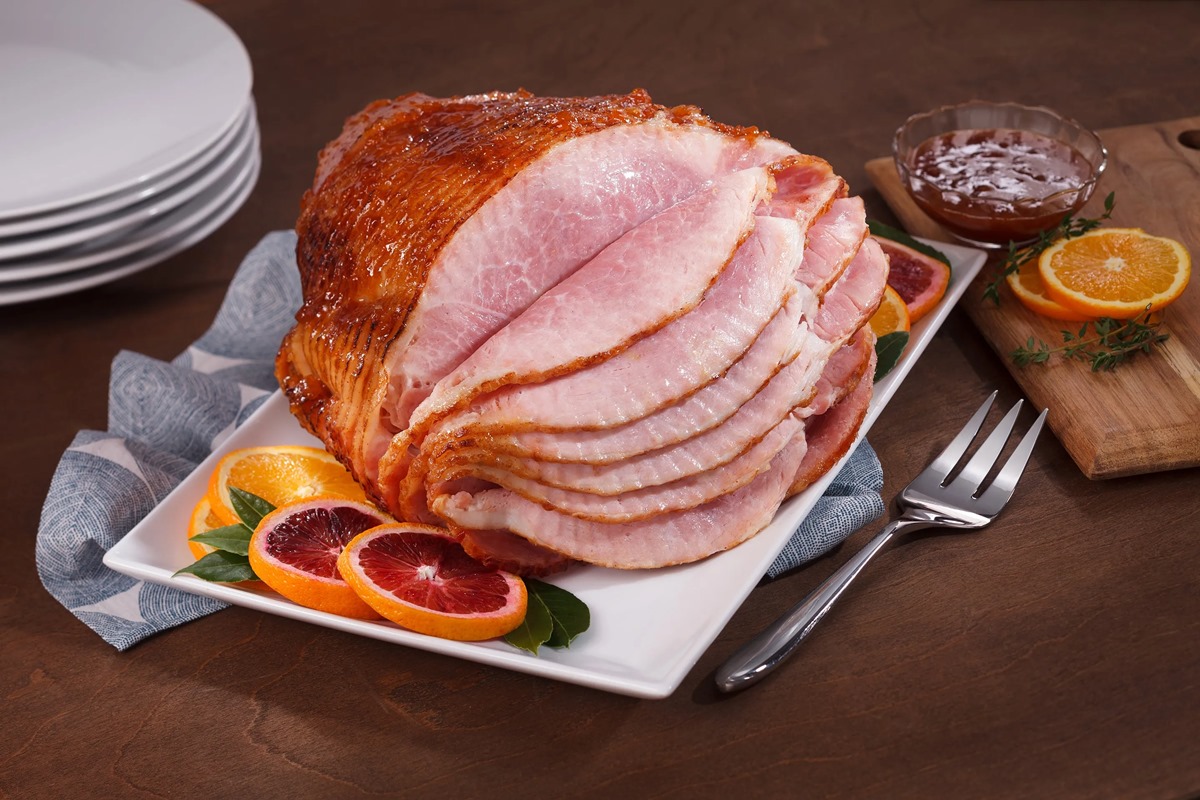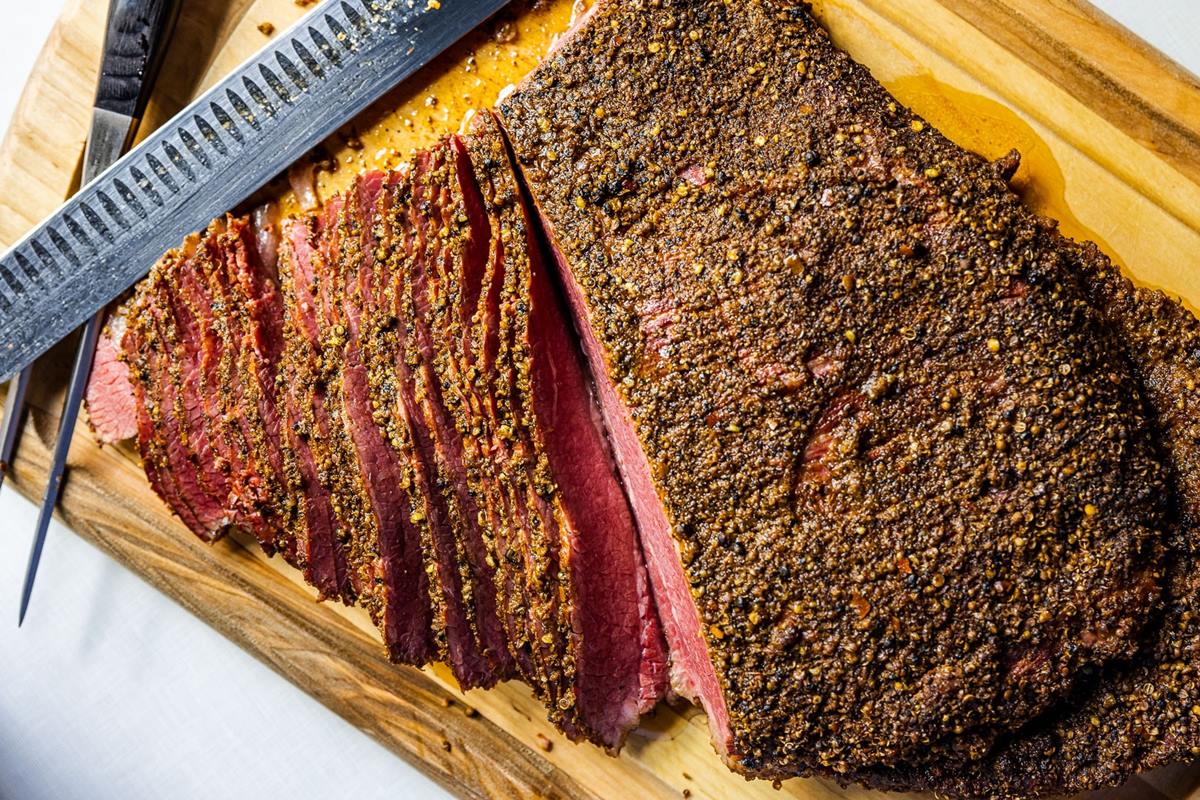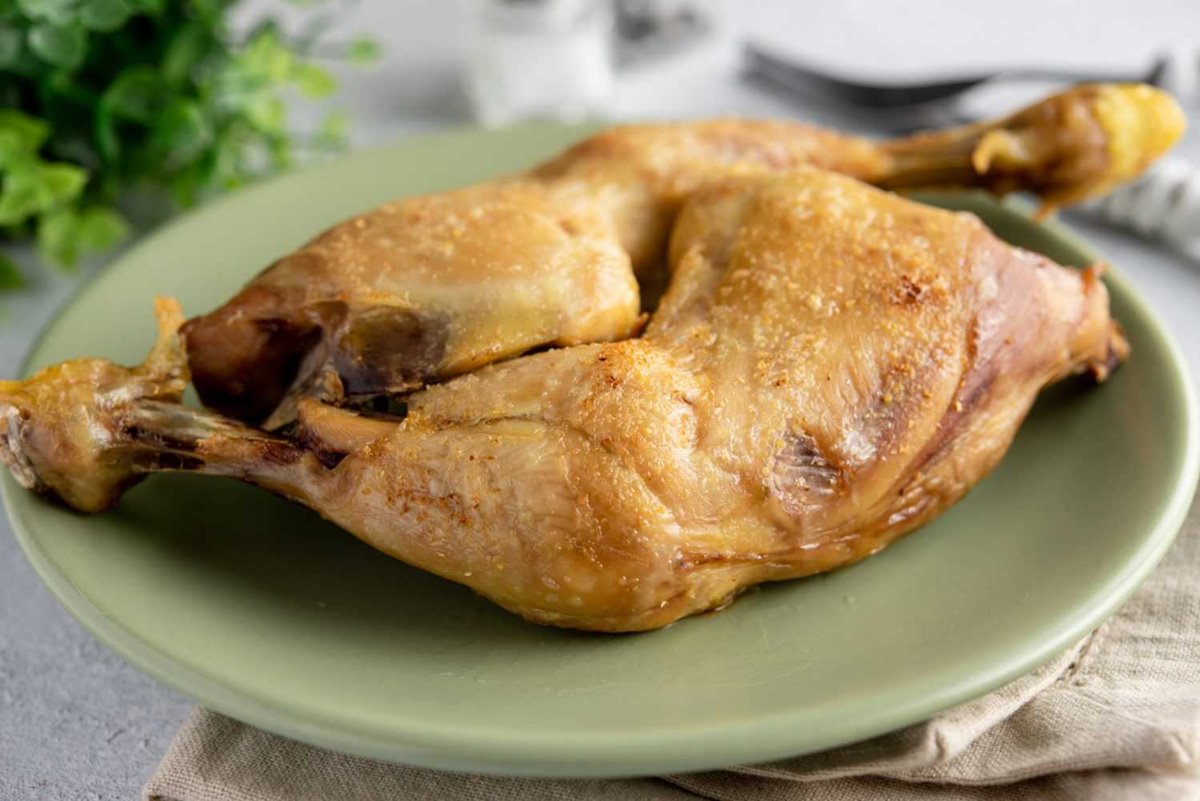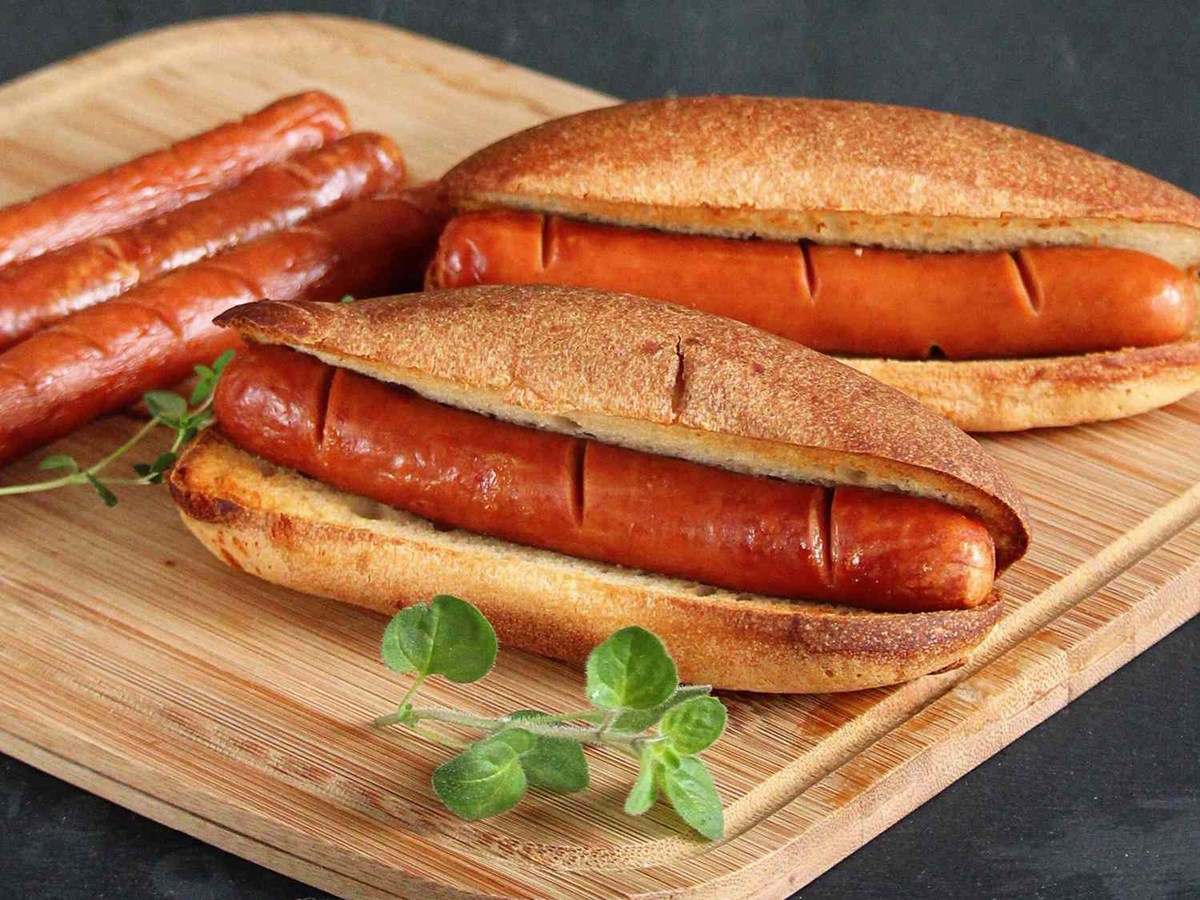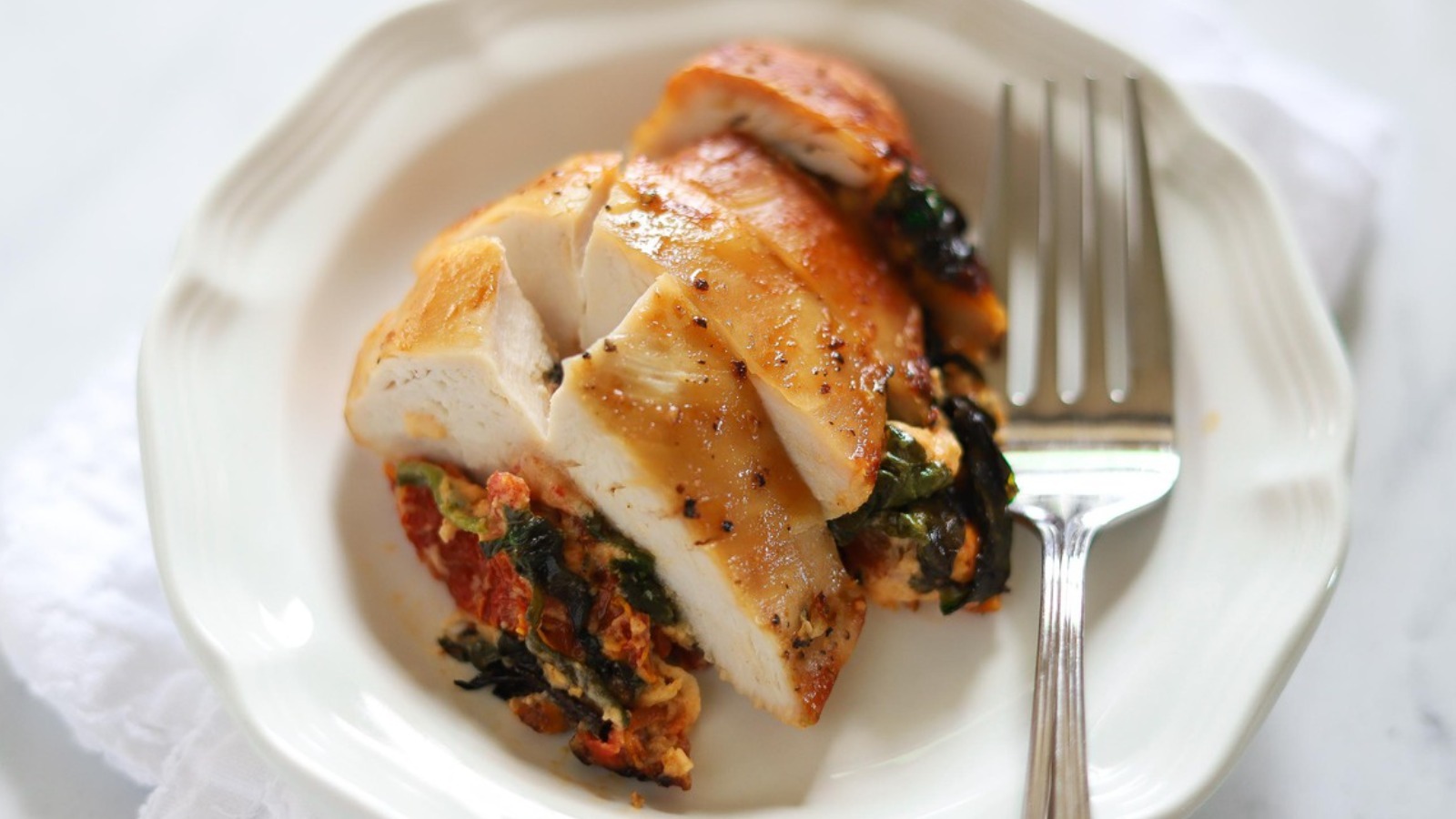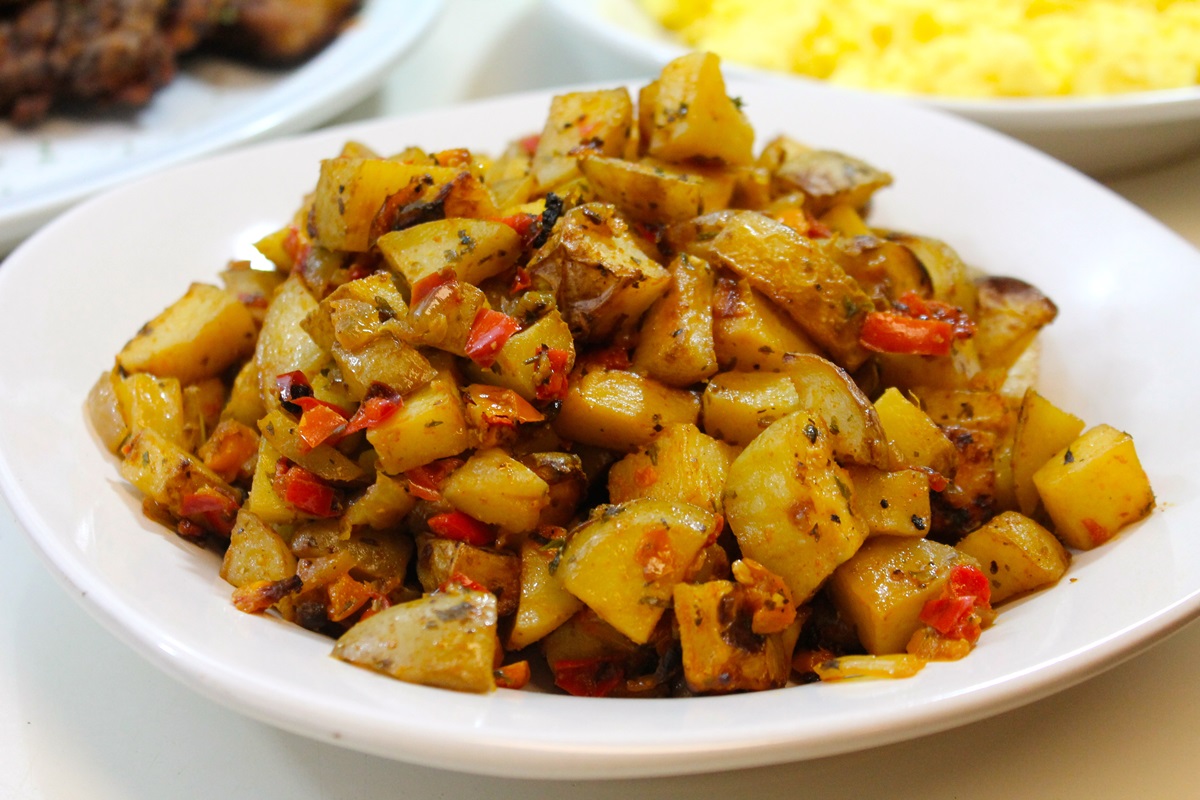Cooking small sago tapioca pearls might seem tricky at first, but with a bit of guidance, anyone can master this task. These tiny, starchy balls are a staple in many desserts and drinks, especially in Asian cuisine. They're known for their chewy texture and ability to soak up flavors. Whether you're aiming to add them to a sweet tapioca pudding, a refreshing bubble tea, or a savory soup, understanding the right cooking technique is key. This guide will walk you through the essential steps to ensure your sago pearls turn out perfectly every time, enhancing your culinary creations with their unique texture and versatility.
Essential Ingredients for Perfect Sago Pearls
- 1 cup small sago (tapioca pearls)
- 6 cups water
- 1/2 teaspoon salt
Must-Have Tools for Cooking Sago Pearls
- Medium-sized pot
- Wooden spoon or silicone spatula
- Measuring cups
- Strainer or fine mesh sieve
- Bowl for cold water
- Timer or smartphone with timer app
For cooking small sago pearls, soak them in water for 30 minutes before boiling. Stir frequently to prevent sticking, simmer until translucent, and rinse under cold water to stop cooking.
The Importance of Cooking Sago Pearls Right
Cooking small sago tapioca pearls perfectly is essential for achieving the right texture in desserts and drinks. These pearls, when cooked correctly, transform into translucent orbs with a chewy center, elevating the overall experience of dishes like bubble tea and puddings. Mastering this technique ensures a delightful consistency in every bite.
Understanding the process involves recognizing the balance between heat, water, and timing. Too much heat and they become mushy; too little, and they're hard in the middle. Achieving that ideal, gummy texture requires patience and precision, making the cooking of small sago pearls not just a task, but an art form in culinary preparation.
Your Ultimate Guide to Cooking Sago Pearls
Cooking Small Sago Tapioca Pearls: A Step-by-Step Guide
-
Measure Pearls and Water
- Begin with 1 cup of small sago pearls. You'll need about 8 cups of water for boiling to ensure pearls have enough space to expand without sticking.
-
Boil Water
- In a large pot, bring water to a rolling boil. High heat is crucial for maintaining a steady boil throughout the cooking process.
-
Add Sago Pearls
- Slowly add sago pearls into the boiling water, stirring gently. This prevents them from clumping together at the bottom.
-
Stir Regularly
- Continue to stir the pearls every few minutes. Consistent stirring helps in cooking them evenly and prevents sticking.
-
Check Consistency
- After about 15 minutes, check if the pearls are starting to turn translucent. The goal is to have a slight white dot at the center, indicating they are almost done.
-
Reduce Heat
- Once pearls are mostly translucent, reduce the heat to medium. This allows them to cook through without the outside becoming mushy.
-
Rinse Under Cold Water
- After a total of 20 to 30 minutes of cooking, drain the sago pearls and rinse under cold water. Rinsing stops the cooking process and removes excess starch.
-
Soak in Cold Water
- Place the cooked pearls in a bowl of cold water. Soaking helps to cool them down quickly and keeps them from sticking together.
-
Drain and Serve
- Drain the pearls thoroughly before using or adding to your dish. They are now ready to be mixed with other ingredients or served as desired.
Tips for Perfect Sago Pearls:
- Water Ratio: Always use a generous amount of water when boiling sago pearls to ensure they cook evenly and don't stick.
- Stirring: Frequent stirring is key to preventing the pearls from sticking to each other and the bottom of the pot.
- Cooking Time: Cooking times can vary based on the size of the pearls and the desired consistency. Adjust accordingly.
- Storage: If not using immediately, store the cooked and drained pearls in a little water to keep them hydrated. Use within a few hours for best texture.
Mastering the Art of Sago Pearls
Cooking small sago tapioca pearls might seem tricky at first, but with patience and practice, you'll find it's quite straightforward. Remember, soaking isn't necessary for these tiny pearls, but keeping an eye on them during boiling is crucial to prevent sticking. Stirring gently and consistently ensures even cooking. The rinse under cold water is not just a step; it's the secret to getting that perfect, chewy texture we all love in bubble tea and desserts. Lastly, don't forget the importance of the final simmer in sugar water for that sweet touch. Whether you're aiming to impress guests or just treating yourself, mastering sago pearls opens up a world of delicious possibilities. So, go ahead, give it a try, and watch as these tiny pearls transform your dishes into something truly special.
All Your Questions About Sago Pearls Answered
What are small sago tapioca pearls?
Small sago tapioca pearls are tiny, chewy balls made from the starch of the cassava root. Often used in desserts and drinks, they're known for their gummy bear-like texture and ability to soak up flavors.
How long does it take to cook small sago tapioca pearls?
Cooking time can vary, but generally, small sago tapioca pearls need about 15 to 30 minutes to cook through. You'll know they're done when they've turned translucent and have a soft, chewy center.
Do I need to soak the pearls before cooking?
Soaking isn't strictly necessary for small sago tapioca pearls, but doing so can reduce cooking time. A quick soak of about 15 to 20 minutes in cold water is usually enough.
Can I cook the pearls in something other than water?
Absolutely! Cooking small sago tapioca pearls in milk, coconut milk, or a mixture of water and sugar can add an extra layer of flavor. Just keep an eye on them, as they may cook a bit differently in thicker liquids.
How can I tell if I've overcooked the pearls?
Overcooked pearls turn mushy and lose their chewy texture. If the center is no longer distinguishable and they've lost their shape, they've likely been cooked too long.
What's the best way to store cooked pearls?
Cooked pearls should be used within a few hours for the best texture. If you must store them, keep them in a syrup or liquid in the fridge to prevent them from hardening. They'll last up to two days this way.
Any tips for preventing the pearls from sticking together?
After cooking, rinse the pearls under cold water to remove excess starch, which causes sticking. Then, lightly toss them with a bit of sugar or syrup. This not only prevents sticking but also adds a touch of sweetness.
Was this page helpful?
Read Next: How To Cook Perogies In Oven
